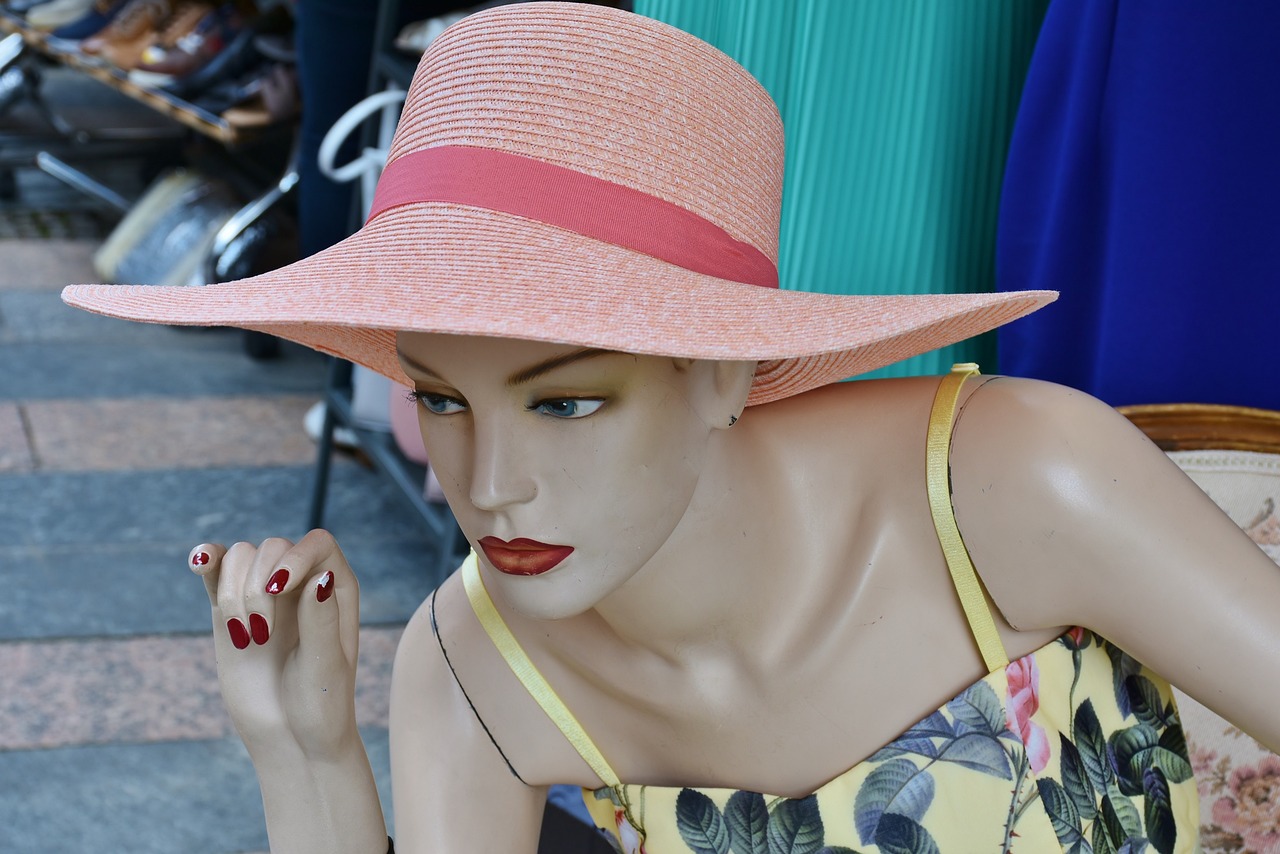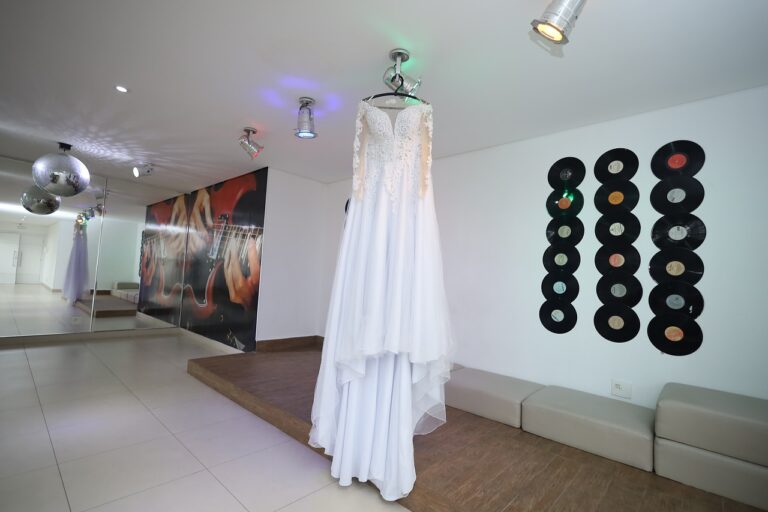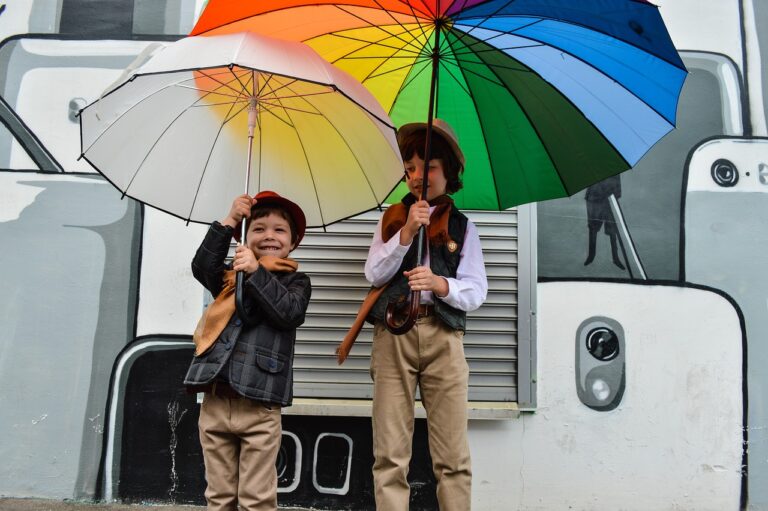Fashion and Cultural Fusion: Blending Traditional and Contemporary Elements
In today’s globalized world, fashion has become a powerful medium for cultural expression and exchange. The fusion of traditional and contemporary elements in fashion design not only reflects the rich diversity of global cultures but also serves as a bridge between the past and the present. This blending of different cultural influences has given rise to a new wave of creativity in the fashion industry, resulting in innovative and unique designs that resonate with consumers worldwide.
The Evolution of Cultural Fusion in Fashion
Historically, fashion has always been influenced by cultural traditions and practices. From the vibrant textiles of the African continent to the intricate embroideries of the Middle East, traditional elements have long been incorporated into modern fashion designs. However, with the advent of globalization and the proliferation of digital media, the boundaries between different cultures have become increasingly blurred, leading to a more fluid and dynamic approach to fashion.
Today, designers draw inspiration from a wide range of cultural sources, blending traditional motifs, patterns, and materials with contemporary silhouettes and techniques. This fusion of old and new creates a harmonious balance between heritage and innovation, resulting in fashion that is both timeless and cutting-edge. By incorporating elements from diverse cultural backgrounds, designers are able to create garments that tell a story and celebrate the rich tapestry of global traditions.
Examples of Cultural Fusion in Fashion
One notable example of cultural fusion in fashion is the rise of “ethnic chic” collections that draw inspiration from traditional clothing and craft techniques. Designers such as Dries Van Noten, Etro, and Isabel Marant have embraced the beauty of ethnic textiles and embroideries, incorporating them into their collections in a way that pays homage to the original source while adding a contemporary twist.
Another example of cultural fusion in fashion is the increasing popularity of collaborations between Western designers and artisans from non-Western countries. By working closely with local craftsmen and women, designers are able to incorporate traditional techniques and materials into their designs, creating unique and authentic pieces that showcase the richness of the culture they draw inspiration from.
The Impact of Cultural Fusion in Fashion
By embracing cultural fusion in fashion, designers have the opportunity to challenge stereotypes, break down barriers, and promote diversity and inclusivity in the industry. Through their creations, designers can celebrate the beauty of different cultures and traditions, while also fostering a sense of unity and respect among people of all backgrounds.
Furthermore, cultural fusion in fashion has the potential to drive economic growth and empower local communities by highlighting and preserving traditional craft techniques and artisanal skills. By collaborating with artisans and craftsmen from marginalized communities, designers can help preserve their cultural heritage and provide them with a platform to showcase their talents to a global audience.
FAQs
Q: What are some ways to incorporate traditional elements into modern fashion designs?
A: Designers can incorporate traditional elements into modern fashion designs by using traditional textiles, patterns, and motifs, as well as traditional craft techniques such as embroidery, beading, and weaving.
Q: How can cultural fusion in fashion help promote diversity and inclusivity?
A: By celebrating the beauty of different cultures and traditions, cultural fusion in fashion can help promote diversity and inclusivity in the industry, challenging stereotypes and fostering a sense of unity and respect among people of all backgrounds.
Q: What are some examples of successful collaborations between Western designers and artisans from non-Western countries?
A: Some examples of successful collaborations between Western designers and artisans from non-Western countries include Stella Jean’s partnership with artisans from Burkina Faso and Pakistan, and Alberta Ferretti’s collaboration with the Indian embroidery atelier Lesage.
Q: How can cultural fusion in fashion benefit local communities and preserve traditional craft techniques?
A: By collaborating with artisans and craftsmen from marginalized communities, designers can help preserve traditional craft techniques and empower local communities by providing them with a platform to showcase their talents to a global audience, thus driving economic growth and promoting cultural sustainability.







